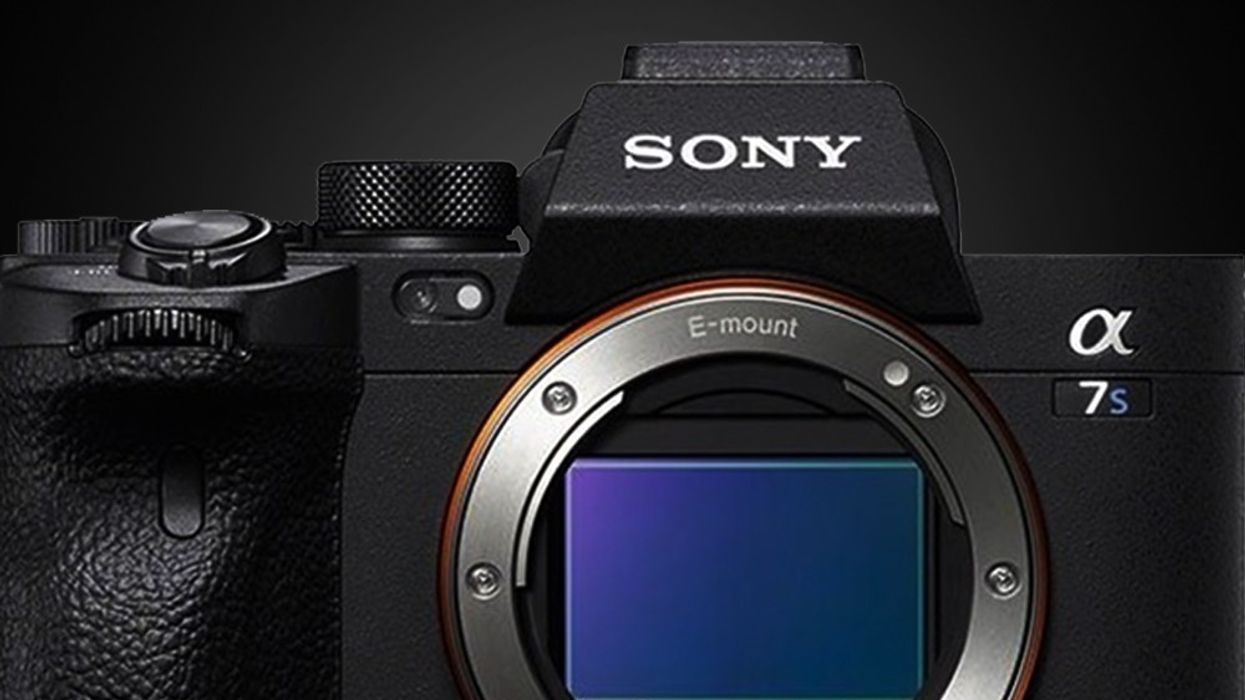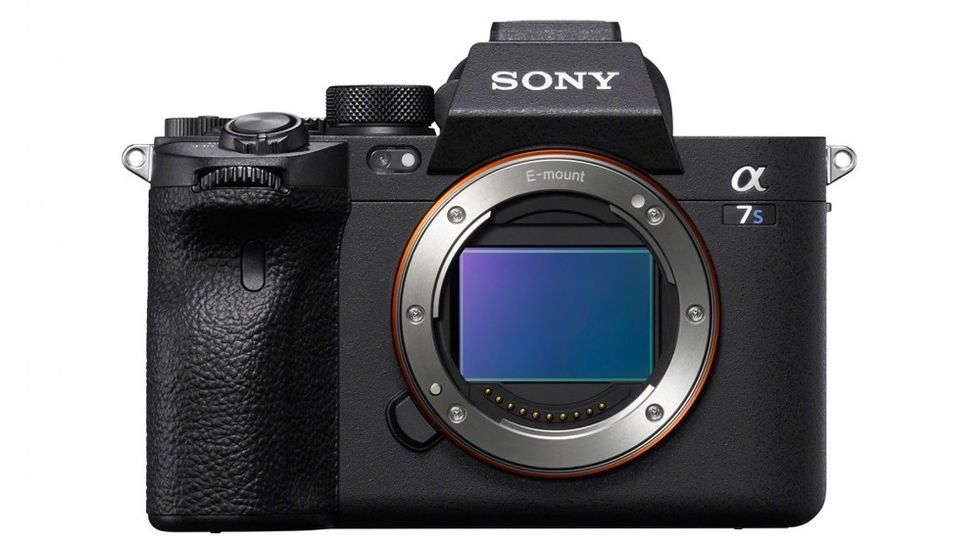Does the Internal Gyro in Sony's a7S III Mean No More Gimbals?
An underappreciated feature of the new Sony a7S III is its internal gyro data. Here's how to use it.

Sony has gotten a ton of attention for its new a7S III. By sticking with 4K resolution, they're able to up their maximum frame rate and refine its color science while improving noise in low light conditions and autofocus to create a camera that's mighty tempting—even for those of us who have long held out against Sony's call.
One feature that didn't get nearly enough attention, however, is the inclusion of an internal gyro stabilization sensor. Filmmaker Brandon Li took a deep dive into the feature and walked away feeling like, for certain situations, it's a major feature.
Of course, it's not the first Sony camera to have this. The ZV-1, FX9, and RXO II have it, but it's the first Alpha camera from Sony to have it. The FX9 is wonderful, but it's a pro-level body that's as likely to end up on a tripod, dolly, or in a full-sized Ronin 2, so the gyro stabilization feature, while nice, may not be necessary. The a7S III, however, is in the hands of many indie filmmakers and sports video creators which makes it a fascinating feature.
It works by recording motion data as the camera moves about in the real world. This doesn't affect the shot being recorded, but in post-processing in Sony's proprietary app, Catalyst, you can see shots that had the data recorded and apply stabilization to them to take advantage of all the data recorded in the camera. This is cool since post stabilization usually has to guess about camera movement based on data in the image, and can sometimes be wrong. Recording the data in the camera is far more useful and will make for a faster, more accurate post track.

Of course, to do this, you'll need to crop in on the shot a bit, and while the 4K resolution of the a7S III is probably plenty sharp enough to handle it, it is something to be aware of. On top of that, it works best when you've turned the shutter speed to a very high setting so you have crisp, clean images with little motion blur. The interaction of heavy motion blur and stabilization can look odd. While needing to turn up the shutter speed might not be the answer filmmakers are looking for when it comes to stabilizing footage, at least this adds another option. The process also only works if you turn off the internal image stabilization in the camera.
The results Li got are impressive, and in some ways, definitely seem to make some wonder if, in the future, gimbals will become optional. There are still times it's the right tool in the toolkit, but it may not be nearly as necessary as before. His tests are thorough—and masked and socially distanced—and we get to see some nice attempts at combining a gimbal with the Sony stabilization for particularly hard shots.
Sony a7S III

The a7s III is the latest full-frame mirrorless camera from Sony. It features much-improved video specs and several exciting technology features concentrating more on image refinement than anything else.
Frankly, this is the kind of feature every single camera manufacturer should integrate. It's not tremendously expensive to add, and with integration into post platforms like Resolve and Premiere, it could be a seamless part of the workflow that could smooth out a surprisingly wide array of bumpy footage.
What do you think? Let us know in the comments below.











